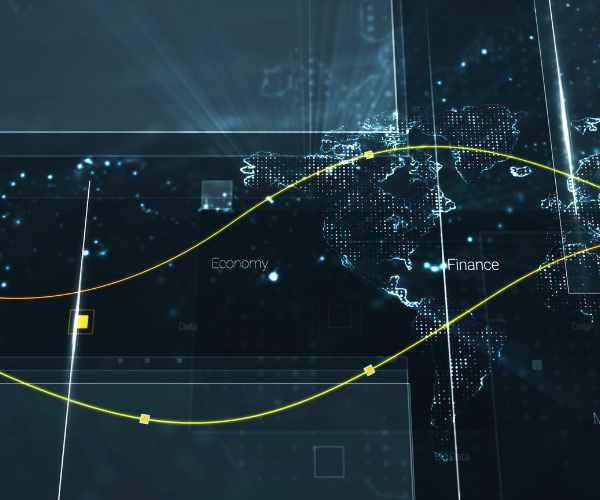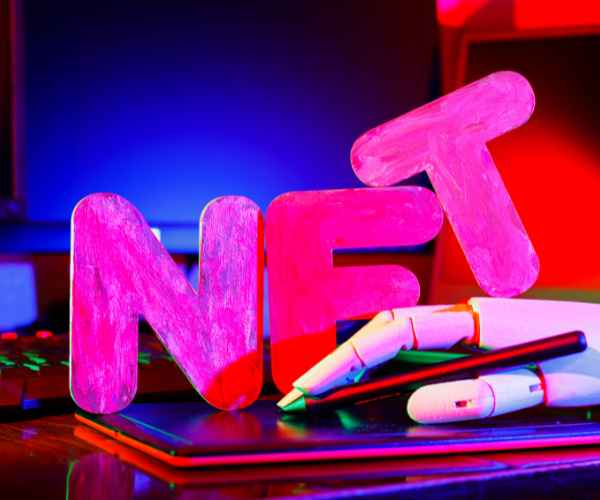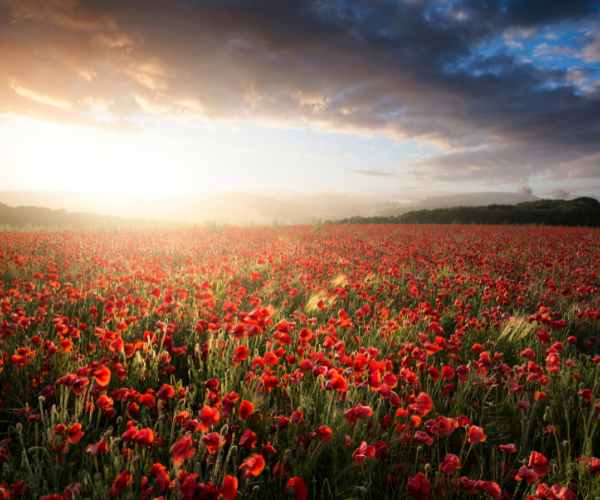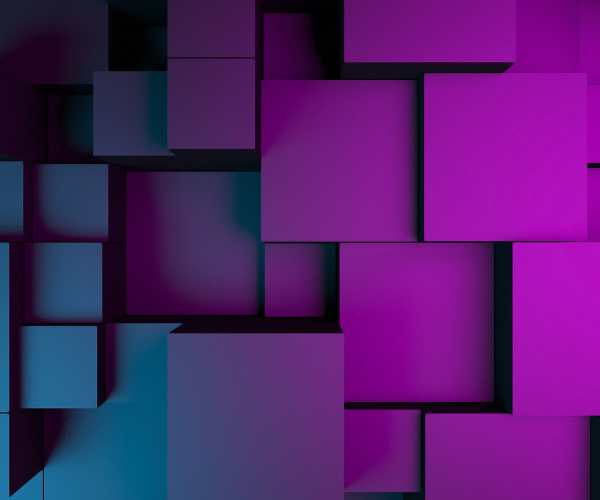If you’re anything like me, when I first got started with digital art, the amount of brushes I encountered was quite intimidating. It was similar to how endless aisles of tools marketing creativity looked during my childhood trips to an arts shop. Regardless of whether you have been doing digital drawing for years or a complete novice, comprehending these brushes is like learning about the tools present in your physical kit all over again.
Digital brushes can be likened to the magic wands used in the art world, they all come with varying shapes , sizes, and modes and providing distinctive strokes, textures, and even effects to your piece. The best thing about these is that there’s no need to be concerned about the consequences of running out of color, ink or even pencil which you might have had to deal with, every passage of designing is adapable and fine-tunable to your liking and even better.
I remember the first time I found the perfect brush for a certain task. I was doing a digital portrait and all I could see was a flat canvas – devoid of any depth, devoid of any texture. I then used a texture brush to simulate skin, and all of a sudden, things got interesting! The brush gave me just the right amount of subtile grain that I needed to create the drama for the portrait. It was like placing a missing piece of the jigsaw puzzle.
In this guide, we will look at the most frequently used categories of digital brushes. Each one of them has its unique character so to speak, and it is suited to a certain task. After reading this you will have a fairly good understanding of what brushes do and how they can be used to enhance the quality of your art, irrespective of the style you are pursuing.
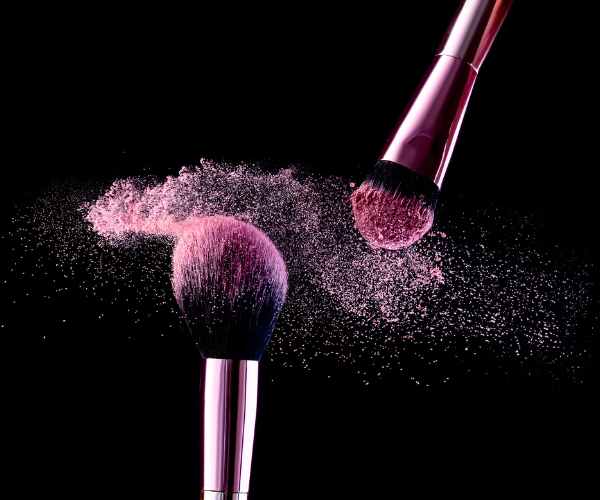
Types of Digital Brushes and Their Unique Uses
When it comes to the realm of digital brushes, it’s prudent to understand that it is not a one size fits all scenario. Just like in conventional painting, the brush that you decide to use will determine the final output of your canvas. Even though utilizing a single or only a couple of brushes might feel comfortable, exercising the many that are provided will unleash creativity untold.
For example, when I first began, the only brush that I ever utilized was a round brush. Be it sketching, color filling, adding shades, I would only use a single round brush for it all. However once I began testing other types of brushes, I understood why there was so many types in the first place. Each type served a different purpose and a different visual appeal. This was around the time everything began to make sense.
Let’s delve into the world of digital brushes, their types, and how to blend them into your art to attain desired results.
Basic Round Brushes – The All-Rounder
To provide a base for this illustration, let us imagine that digital brushes are a box of tools. In this case, the round brush is effective but not the most sophisticated as its a bit of a jack of all trades. No need to fear though, Whether it be for sketching, outlining or shading, this tool can be used in all situations.
There are a lot of tools and accessories needed to consider and here’s a plug for round brushes. Consider starting with a round brush, because it can be considered the pen of the artist. I started with a character rough design and it didn’t seem to take any second thoughts to use that tool, For most artists including professionals It is dependable that is why they always come back to it.
A round brhawk is an ideal brush for someone transitioning from a pen and paper as it behaves in a similar manner plus it is also easy to use. It is sensitive to pressure meaning the more you push the thicker the line. This makes the tool useful for shading and fine detailing.
Rounding off, I would describe it as the best pencil that can be used to sketch and even draw sticks. Best of all a round brush can be used with ease. Flat Brush — For Defined Line Strokes Also known as flat brushes the paint strokes are more precise as far as digital art is concerned than before.
If you have ever held onto a traditional flat paintbrush then you know completely well how such brushes can enhance your art creations. Flat brush is a strategy everyone is familiar with the first time they set to use it where they need an architectural illustration for instance. While in the process of sketching a building I was tasked with creating precise lines to mark the defining outlines of the structure as well as its edges.
Using a flat-bristle brush helped add out sharp outlines giving life to my sketch.
Such brushes are useful in adding edges and finishing touches be it in drawings or in a graphic design that has a relatively simple approach.
It’s amazing how a simple tool can make such a difference in your artwork.
Similarly, flat brushes work wonders for abstract pieces as well.
For adding a bold modern touch, various shapes and sharp angles can be painted using them.
With flat brushes, the possibilities become endless as you can blend thick impactful strokes with thin intricate lines.
One flick of your wrist is like pointing a magic wand and multiple strokes can be done, which is how you get to define your style!
Texture Brushes – What They DoAdding Purpose and realism
First, when I came across the texture brushes, I remember thinking about how it was like finding a treasure chest full of possibilities.
These are the best brushes for texture as they add complexity to the piece enabling the artist to create detailed textures which are representation of the surface of an object in real life.
Imagine trying to paint a field of grass.
Drawing individual blades of grass requires a great amount of patience, but natural looking grass can be textured with a brush quite effectively.
As far as I can recall, there was a certain painting that I created which had a desire to illustrate a fluffy cat.
Cat fur can easily be drawn in a finer detail, but with the help of a texture brush, I was able to create the impression of soft and fluffy fur without a fuss.
This was a great addition because it made my work more realistic and would have otherwise been time consuming!
Texture brushes are great tools for every stroke painter and character designer focusing on aspects like environment design.
They add an unparalleled depth to your artwork as they let you surface something more than just a plain smooth brush, whether it’s the rough mettle of stone or the delicate texture of fabric followed by water ever so gently rippling at the edges.
Watercolor Brushes – Soft Flow, With Wind Rattling Effects
In the world of digital art, watercolor brushes are gamechangers.
They imitate the viscosity and aquarelle medium and best water-color which many artists find appealing.
My favorite part about brushes like these is their ability to be used in watercolor art as I enjoy the soft dreamy effects in most of my paintings.
When giving people portraits, I usually have to go on the filmy side. For this, I use watercolour brushes, which make it easy for me to add lighter colors to the skin.
The final look can be achieved with a smooth blend that feels gentle and inviting.
They can be ideal for achieving those delicate color transitions and achieving depth in a gradual manner.
There’s a landscape that I made which had a sun setting behind it.
With a watercolor brush, I was able to smear the greens up with oranges, pinks, and purples, as if I was actually painting in a natural manner.
A watercolor brush is also great for washes and that light airy feel that we all love traditional watercolors for.
These brushes can create dreamy effects traditionally watercolors artists love so If you’re looking to achieve that.
Let’s get a tongue in cheek here – special effect brushes- these are the fun ones.
With a simple click you can create so many effects that can truly enhance your creative process.
A simple project would require twinkling stars, lightning bolts, and special effect brushes add an element of charm and quirkiness instantly.
I remember using this starburst brush when I was creating a fantasy based story.
It shatters a simple background and makes it a starry night background with moving stars.
It was such a fast and helpful method to accomplish that extra touch on my artwork!
These brushes are great for fantasy paintings, graphic design, or for any concierge work requiring high visuals.
They allow you to ideate and have fun with an effect rather than waiting for hours to create from a blank.
Consider what I just said: These brushes are perfect if you are looking to insert some attention-grabbing details into your piece without getting stuck on doing fine work.
The best thing about special effect brushes is cj tuxo they take many’s creativity to a whole other level and the complexity of adding breathtaking images into pieces is greatly diminished.
So, by all means, feel free to use em!
Let your imagination run wild!
Let’s get creative.
Get Started: FAQs
Q: Can I create my own brushes, what custom brushes are available for Procreate?
Yes, yes, a thousand times yes!
For me, one of the most fun parts of making a digital art is the ability to create your own custom brushes.
Most of the time, programs like Procreate or Adobe Photoshop allow you to create and save brushes for your use.
I remember the first time I ventured to try creating a custom brush, I though I emas engaged to a new level in some computer game!
I set to work creating a brush that would imitate the slight fuzziness of charcoal, so I adjusted a few parameters.
I finally succeeded in developing a brush that achieved the gritty, obscure dream that went through my head after a few failed attempts.
If you wish this approach customizes the work process, it also means that you get to come up with shapes that are characteristic of your creative style.
So, it’s a great way to personalize your work, and therefore, I suggest that you play around with different things to see what suits you best!
Q: How am I supposed to tell my brush for the given task?
What an excellent question!
Choosing a proper brush begins by considering what you will be needing to do with it.
Let’s say, you are at an introductory stage of your art and all you want to do is throw your ideas onto an object, in that case, a simple round brush would be most effective clearly.
They are quite handy, and excellent for control, thus optimal for sketching them onto objects.
If however, you aim for a more textured product, like a vibrant canvas or detailed fur on an animal, in such a case, a texture brush would serve the need more efficiently.
I would always endorse trying various brushes, which I have done with a portrait I once drew.
The experimentation process should not only be considered a great means for learning but also a good way to come up with some unexpected but amazing results!
Q: Is there a place I can download digital brushes free of charge?
Absolutely!
There is a lot of beneficence in the digital art community where the majority of the artists do not hesitate to give out their brush creations free of charge.
Often Creative Market and Gumroad have directories for free brushes that can be downloaded.
There are also a variety of brush artists in Procreate, Adobe Photoshop, and Clip Studio Paint forums who offer their brush packs free of charge.
When I was new to the game, there were some brushes that had a huge impact on my work and I am sure there will be many others.
For instance, there was this set of watercolor brushes which is made so well that I still use it.
This is a great way of building up your toolkit in a reasonably priced way!
Final Thoughts
Learning how to work with digital brushes can greatly improve your digital drawings.
They assist you in attaining the desired feeling within a very short duration which gives you more time to think rather more than the tools you are using to create.
Whether you are a strict traditionalist or slightly straying from the beaten track, there is a brush for every artist and every idea.
When it comes to wielding the power of a digital brush, I cannot emphasize it enough that there is no better teacher than experience coupled with a sincere effort to try out new things.
So get to work with various brushes, see how each one is different and how each one may alter your digital work!
Have fun while painting!


